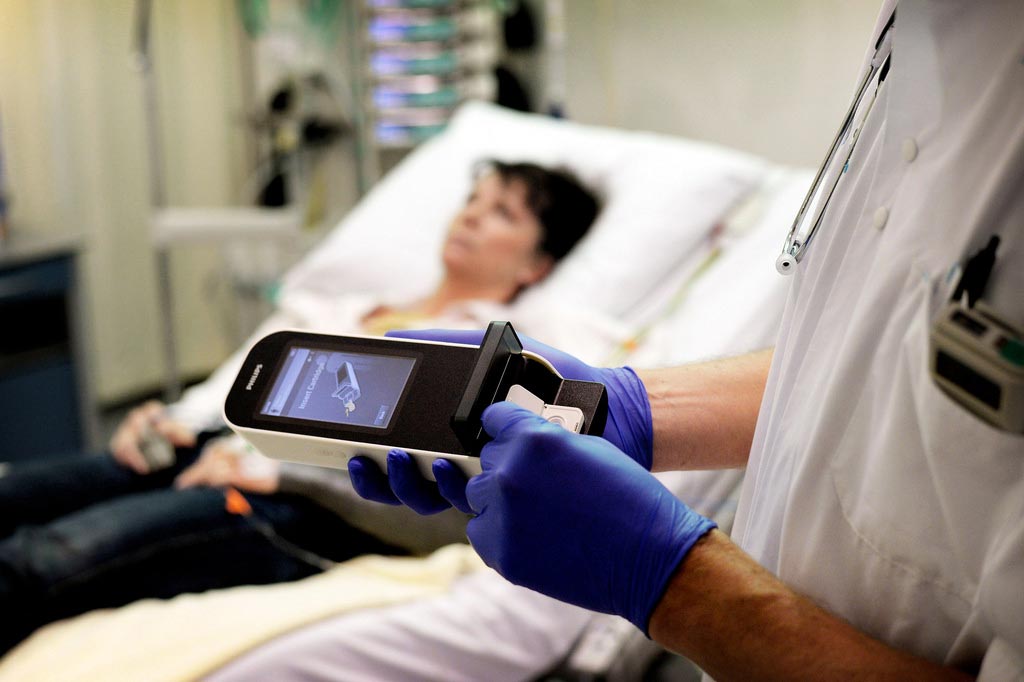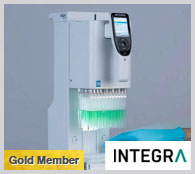Increasing Conditions and Diseases Drive Global POC Hematology Diagnostics Market
By LabMedica International staff writers
Posted on 20 Sep 2018
The global Point of Care (POC) hematology diagnostics market is expected to grow at a CAGR of close to 9% over the forecast period 2018-2022 to reach a value of USD 2.7 billion by 2022, driven mainly by the rising prevalence of hematology conditions and infectious diseases such as sickle cell disease, thalassemia, and polycythemia. Additionally, the increased adoption of next-generation hematology diagnostic products such as handheld hematology devices and non-invasive hematology testing will further contribute to the growth of the global POC hematology diagnostics market.Posted on 20 Sep 2018
These are the latest findings of Technavio Research, (London, UK), a global technology research and advisory company.

Image: Handheld hematology devices are expected to contribute to the growth of the global POC hematology diagnostics market (Photo courtesy of Philips Healthcare).
An increase in mergers and acquisitions is allowing companies to expand their business and tap into new territories. Small and mid-sized vendors are adopting online marketing strategies to reduce their operational costs by decreasing their expenses for setting up sales offices and a large sales force, which is expected to boost the growth of the market for hematology tests.
Additionally, the high cost of raw materials used to manufacture POC hematology analyzers and diagnostic equipment is forcing vendors to purchase equipment directly from OEMs. The surge in the number of Original Equipment Manufacturers (OEMs) in the POC hematology diagnostics market is expected to augur well for the growth of the market over the forecast period.
In 2017, the Americas held the largest share of 40% in the global POC hematology diagnostics market due to large and established vendors present in the region. The US, Canada, and Brazil held the major share in the region on account of an increase in the prevalence of hematology conditions and infections in these countries. The Americas are forecasted to continue dominating the global POC hematology diagnostics market until the end of 2022, with the region expected to contribute over 39% of the market’s incremental growth over the next five years.
The APAC and EMEA held the second-largest and third-largest market share, respectively in 2017, led by an increase in the prevalence of hematology conditions and infectious diseases in these regions. Over the next five years, the POC hematology diagnostics market in APAC is projected to register a higher incremental growth than the EMEA.
Related Links:
Technavio Research










 (3) (1).png)



